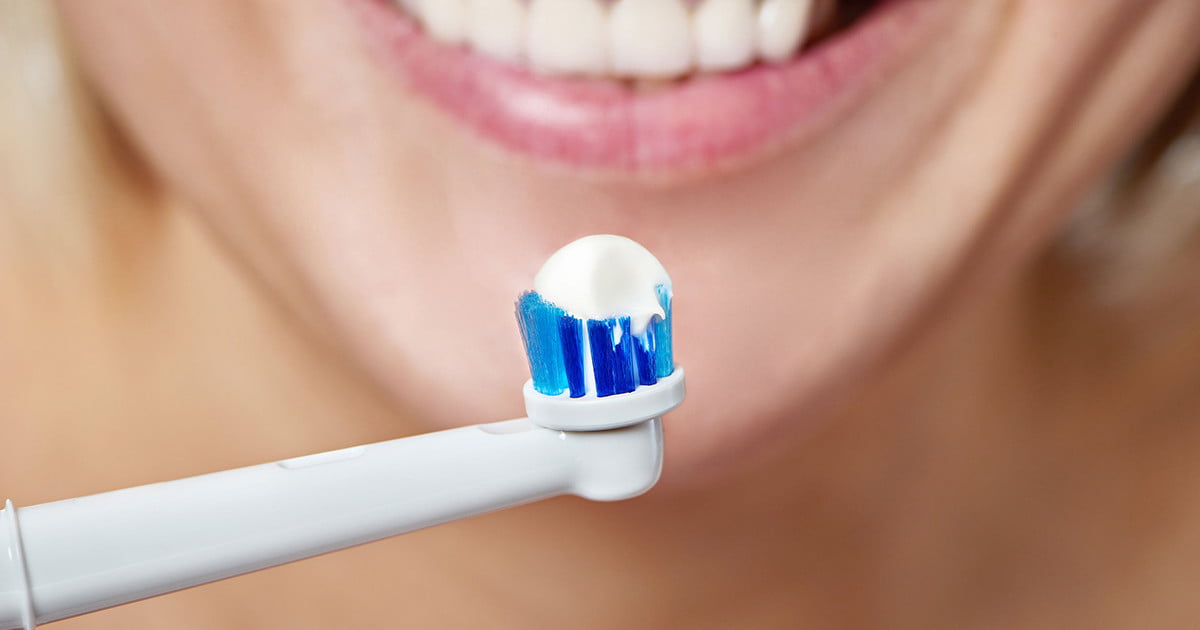Methods Of Treating And Preventing Fluorosis
Undergoing Teeth Whitening

Whitening strips can be used to whiten and brighten teeth for anyone, including fluorosis patients. When their teeth are discolored, patients likely feel quite self-conscious about their smile. This can greatly impact a patient's self-esteem and may even cause some feelings of depression or anxiety. Undergoing teeth whitening can be an easy and effective method of removing those stains and allowing patients to have a white smile just like everyone else. There are two main types of teeth whitening procedures. One employs the use of hydrogen peroxide and typically requires a dentist to brush it over the patient's teeth and allow it to rest there for a little while. They may also suggest whitening teeth at home too. If that's the case, a mold is made of the patient's teeth. They take the finished product home and fill it with a tooth whitening gel. The other method requires the dentist to whiten the inside of the tooth instead.
Get the details on more options for preventing and treating fluorosis now.
Monitor Use Of Fluoridated Toothpaste

Fluoride can be a powerful tool to limit the development of cavities. It's why many cities have decided to add small doses of it in the water. This makes receiving fluoride easy for individuals who tend to skip brushing their teeth every other day or don't visit their dentist regularly. However, for those who do use fluoride-heavy kinds of toothpaste, the addition of fluoride in the water may actually result in the development of fluorosis. One method to reduce the chances of developing fluorosis is to monitor the use of fluoridated toothpaste. While individuals can't always be sure how much fluoride is in the water, they can control the amount taken in with toothpaste. Typically, infants and small children should only receive half a milligram of fluoride a day. Between four and thirteen years old, children should receive around two milligrams of fluoride a day. Girls who are fourteen years old or older need three milligrams, and boys thirteen years old and older need four milligrams.
Continue to discover more details on preventing fluorosis now.
